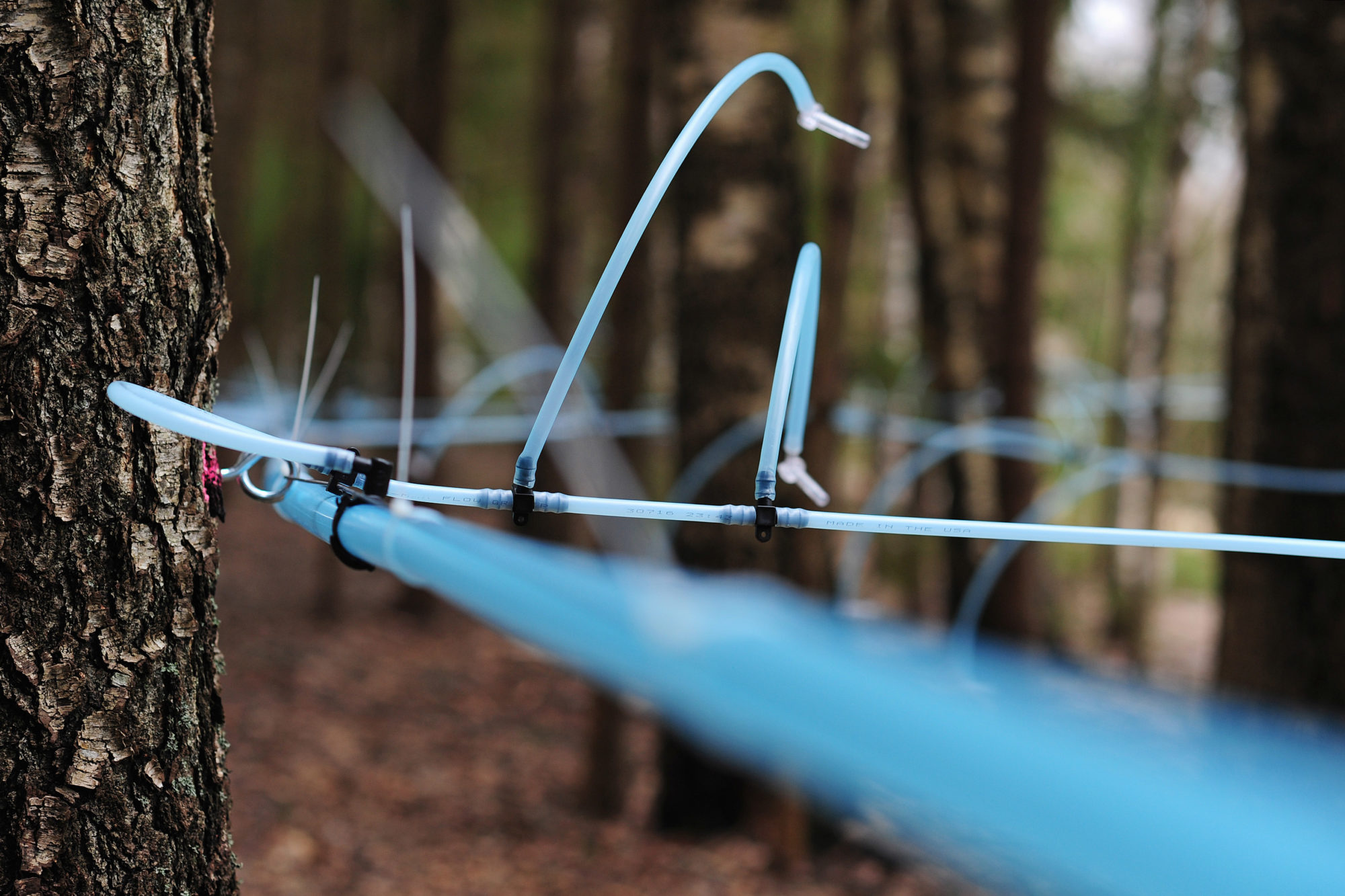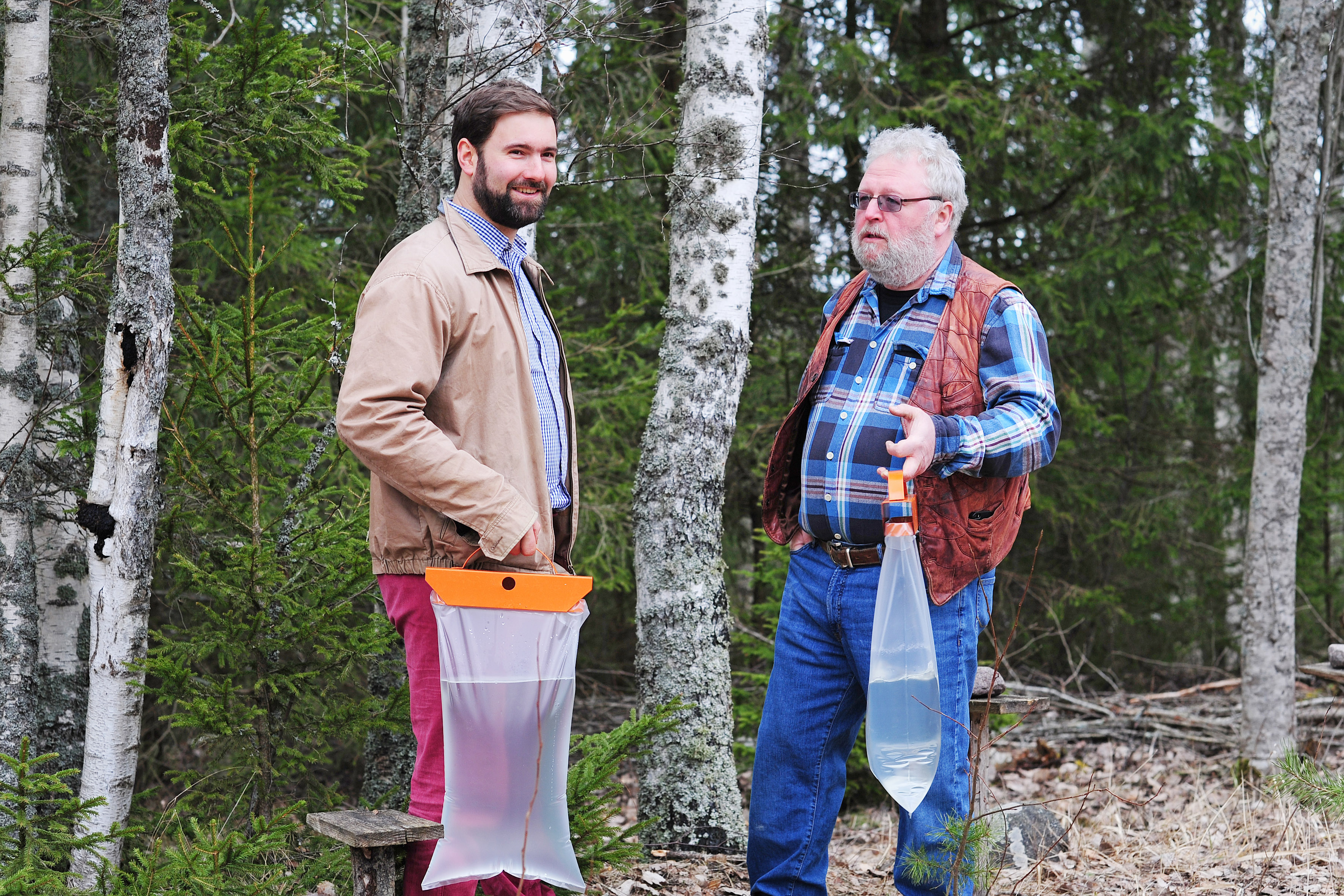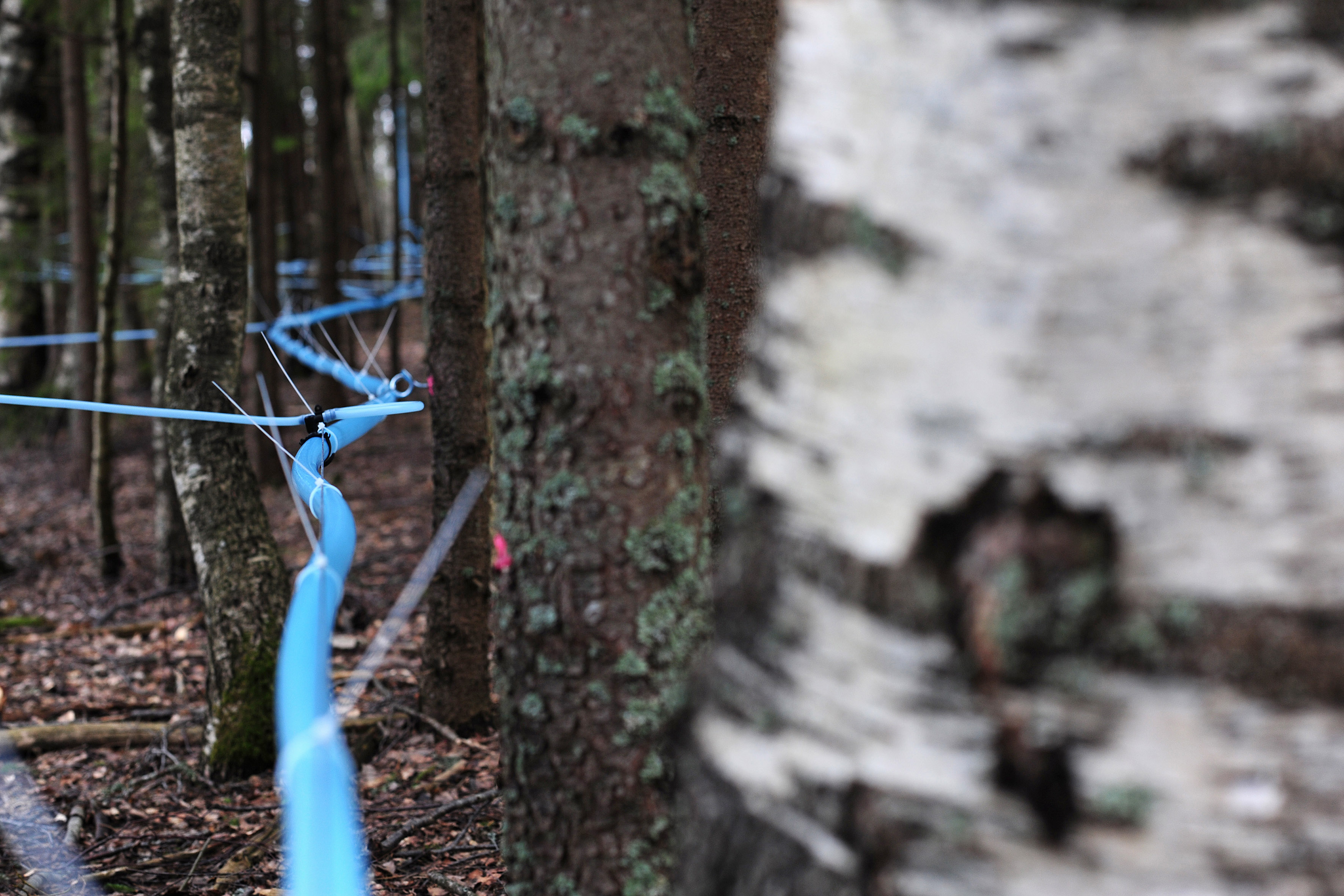Languages
Birch Sap
Containing only 3.2 kcal per 100 ml (less than coconut water), birch sap has been a traditional beverage in Estonia as well as elsewhere in Northern Europe and Northern China and its collected only at the break of winter and spring. Folk uses vary from medicinal use, supplementary nutrition (minerals and vitamins) and cosmetic applications for skin and hair. Regular consumption of birch water has fortifying and tonic action.
Estonia
A country in Northern Europe, faces the Baltic Sea and Gulf of Finland. Its diverse terrain spans rocky beaches, 1,500 islands, many lakes and old-growth forest (50% of Estonian land is covered with forest). The world's cleanest air (WHO 2011 report) – Estonia benefits from lower population density than most Western and Central European countries, as well as favourable climate and strict air pollution regulations. All of that makes Estonia one of the best birch sap producing locations.
Estonian Birch Sap Association
Mr. Valjo Liivamägi, an innovative farmer and logistics specialist has been drinking birch sap for years, a positive experience that has had health benefits. Worth sharing, he decided. One Estonian farm is not big enough to produce the volume that fulfils market needs. He saw a solution in cooperation. During starting years he was busy in developing good practices, ordering lab research to gain necessary certificates and establishing quality standards. Our product development has been recognised by leading producers of organic products in Europe, Naturkostsafterei Voelkel in Germany and we are proud of it.

Birch Sap
Organoleptic properties
Color: uncolored, light whitish-yellow or whitish-grey shades can be present.
Odor: perceptible scent of birch tree, a slight flowery odor mixed with notes of sourness.
Taste: sweet, slight sourness, subtly astringent and fresh.
Aftertaste: subtle astringent aftertaste with slight sweetness.
Chemical composition (per 100 g of product)
Energy: 13,4 kJ / 3,2 kcal
Carbohydrates: 0,8 g (1 g)
of which sugars: 0,8 g (1 g)
Sulphites and Sulphur Dioxide: No
Physical/Chemical Qualities
Brix: 0,5-1,5
pH: >5,1
Organic acids: 0,01 – 0,1 %
Birch Sap Concentrate
(method: reverse osmosis, 10x)
Organoleptic properties
Color: light whitish-yellow or whitish-grey shades can be present.
Odor: scent of birch tree, a slight flowery odor mixed with notes of sourness.
Taste: sweet, mild sourness, subtly
astringent and fresh.
Aftertaste: subtle astringent aftertaste with slight sweetness.
Chemical composition (per 100 g of product)
Energy: 136 kJ / 32 kcal
Carbohydrates: 8 g (1 g)
of which sugars: 8 g (1 g)
Sulphites and Sulphur Dioxide: No
Physical/Chemical Qualities
Brix: >5
pH: >5,1
Organic acids: 0,01 – 1 %
Fermented Birch Sap
(in development)
The chemical composition of fermented birch sap is rather similar to starter material with one important difference: sugars are converted mainly to lactic acid and/or ethanol. If the lactic acid bacteria are used as starter culture, then the main component is lactic acid. If yeast is used as starter culture, then the main component is ethanol, although there is also lactic acid present because usually the birch sap is not pasteurized before the fermentation that means there is also some lactic acid produced during the fermentation. As the initial sugar content of birch sap is relatively low, the maximum alcohol content of fermented birch sap could be approx. 0.5%Vol, but usually it is much lower.

Packaging, deep frozen flakes
Packaging volume: 350 kg per cardboard box.
Cardboard box/container: Fefco 0200 (size (in mm) 1 186 x 786 x 886), 28BC, covered with cardboard cover Fefco 0200 (size (in mm) 1 200 x 800 x 150), 28BC. Inside the drum is placed liner (100µ) made of food grade plastic in order to avoid contact of product with cardboard box. Outside the filled cardboard box is wrapped with plastic in order to secure cardboard box during transportation.
Product shelf life since producing: 1 year, starting from production date
Storage and transportation conditions: storage not less than –20ºC, transportation temperature not less than –18ºC.



